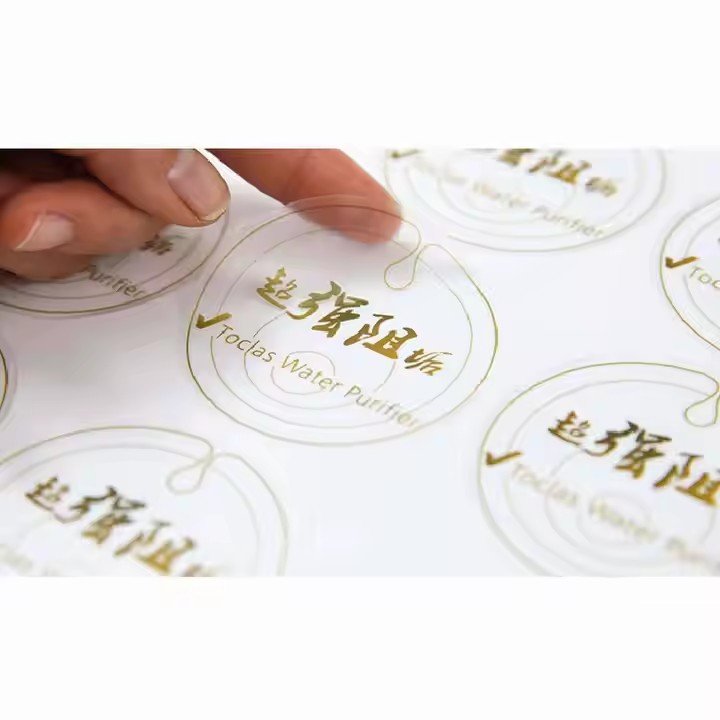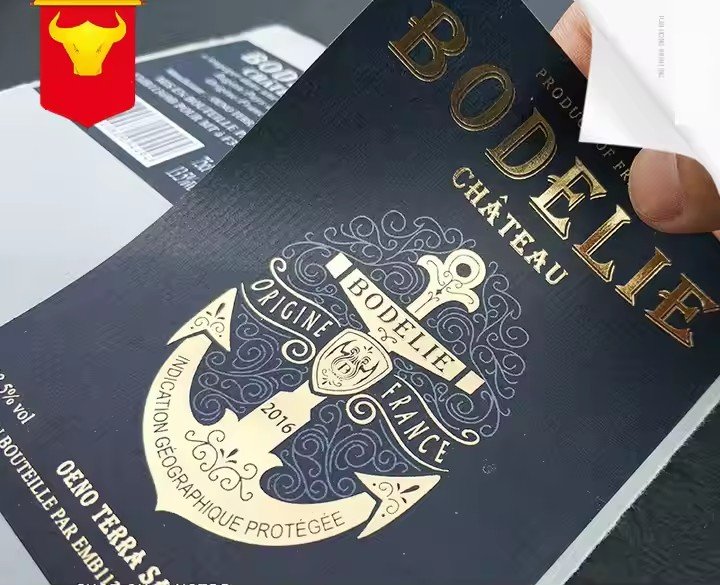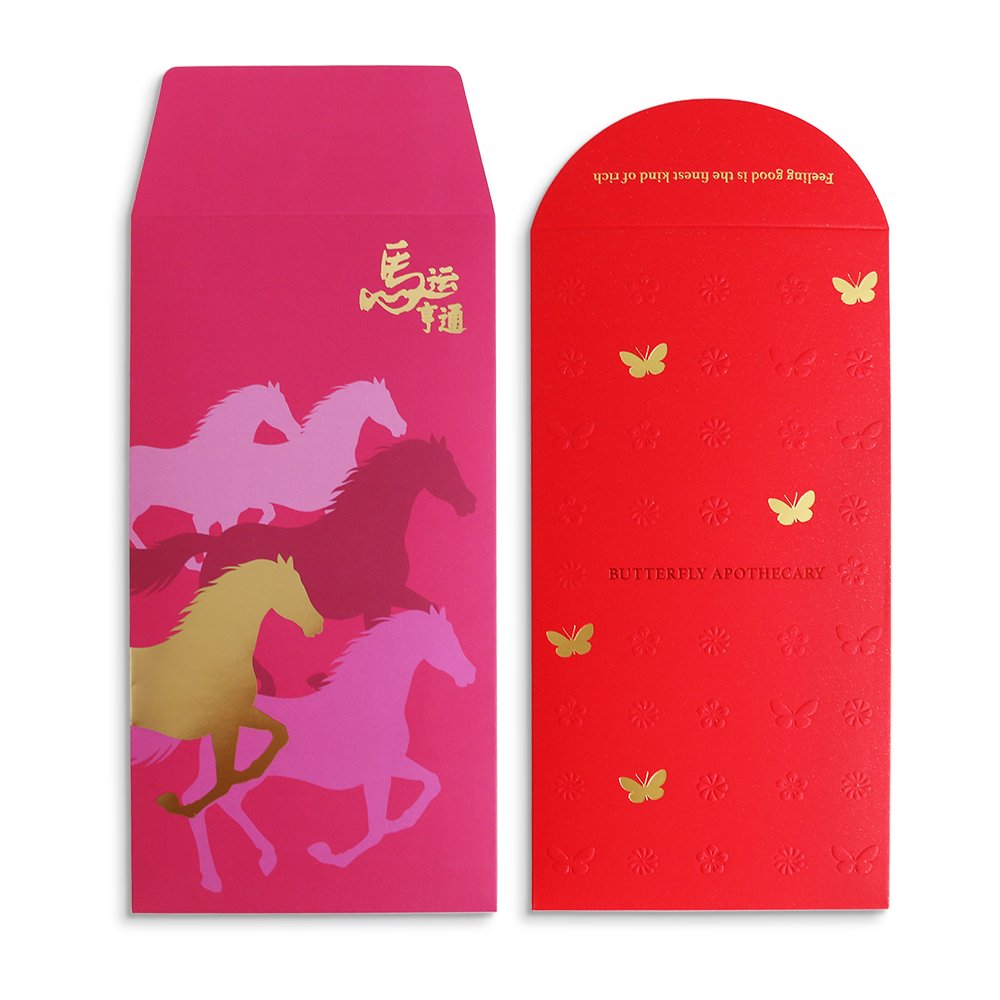I. Core Compliance Elements: Complete Information Is the Minimum Requirement
Australia’s primary requirement for supplement labels is “complete, accurate, and fully traceable information.” All mandatory content must be presented primarily in English. Other languages may appear as secondary support but cannot replace English, and all translations must be verified by a NAATI-certified translator for accuracy.
The following information is compulsory and must not be omitted.
(A) Identification Information: Ensuring Full Traceability
TGA Certification Number:
This serves as the product’s legal “ID card” and must be visibly displayed in a prominent area of the label.
Low-risk products (e.g., vitamins, minerals) must show the listing number: “AUST L XXXXX.”
Higher-risk products (containing therapeutic claims or special ingredients) require a registration number: “AUST R XXXXX.”
The number must be printed clearly to allow consumers to verify it via the ARTG (Australian Register of Therapeutic Goods).
Basic Product Information:
Product names must use TGA-approved terminology, avoiding vague descriptors. For example, “multivitamin” must specify the exact ingredient combination.
Net quantity must use metric units (g/mL), rounded to one decimal place, and must not deviate more than 2% from the actual content.

Batch numbers must follow an alphanumeric format, ensuring precise traceability for recalls when necessary.
Responsible Entity Information:
The label must include the full street address, phone number, and email of the Australian sponsor (TGA Sponsor).
Overseas manufacturers must also provide their international address and GMP certification number (issued by a TGA-recognized authority).
PO Box addresses are prohibited; the address must include street number and be fully contactable by regulators and consumers.
(B) Ingredient & Nutrition Information: Full Transparency Without Omission
Ingredient List Requirements:
All active and inactive ingredients must be listed in descending order by weight.
Active ingredients require precise quantities (mg or IU) and origin, e.g., “Vitamin D3 (derived from lanolin).”
Additives must include their functional category, e.g., “Gelatin (gelling agent), Titanium Dioxide (colorant).”
Herbal ingredients must display their Latin botanical names to prevent confusion between similarly named plants.
Nutrition Information Panel (NIP):
Must follow FSANZ formatting and list per 100 g/mL and per serving:
Energy (kJ)
Protein
Fat (including saturated fat)
Carbohydrates (including sugars)
Sodium
If the product claims benefits related to a nutrient, the nutrient amount must be highlighted, e.g.,
“Contains 800 mg of calcium per tablet, meeting 100% of the adult Recommended Daily Intake.”
Mandatory Allergen Declarations:
If the product contains peanuts, tree nuts, milk, eggs, soy, gluten, or other TGA-regulated allergens, the label must include a separate “WARNING” section with high contrast text.
Even potential cross-contamination must be declared, e.g.,
“May contain traces of peanuts.”
II. Regulated Claims: Staying Within TGA Boundaries
Australia regulates supplement claims under a risk-based framework. All statements must align with the product’s TGA category, avoid medical terminology, and be supported by scientific evidence.
(A) Low-Risk Products (AUST L): Limited to Basic Nutritional Claims

These products may only use nutritional support claims permitted by the TGA, such as:
“Helps maintain bone health.”
“Supports normal immune function.”
They may not include therapeutic claims.
Absolute terms must be avoided:
Replace “enhance” with “support.”
Replace “prevent” with “helps maintain.”
A disclaimer such as “Not a medicine” or
“Dietary supplement—Not intended to treat or cure diseases”
must be placed close to the claims section.
(B) Higher-Risk Products (AUST R): Limited Use of Condition-Related Claims
These products may include adjunctive improvement claims supported by clinical evidence, e.g.:
“Helps assist in reducing cholesterol levels.”
However, the label must also state:
“Use under medical supervision. Not a substitute for prescribed medication.”
Evidence sources must be cited at the bottom of the label, e.g.:
“Based on research published in the 2024 Australian Journal of Nutrition.”
Terms such as “treat,” “cure,” or “eradicate” are strictly prohibited.
(C) Universal Prohibited Claims
Regardless of category, labels may not use:
“Suitable for all groups.”
“No side effects.”
“Permanent results.”
Comparisons with medicines, e.g., “More effective than antihypertensive drugs.”
Fear-inducing statements such as “Without calcium you will develop osteoporosis.”
All claims must remain neutral, factual, and non-misleading.
III. Warnings & Design Details: Balancing Safety and Usability
The presentation of warning information directly impacts consumer safety. Label design must ensure visibility and readability, while also fitting real-world usage and storage settings.
(A) Warning Information: Highlighting Critical Safety Notices
Restrictions for Specific Groups:
Must clearly indicate unsuitable groups, such as:
“Not suitable for pregnant or breastfeeding women or for children under 12 years.”
“People with renal impairment should seek medical advice.”
This information must be bolded, with a minimum font size equivalent to 8 pt.
For iron-containing products, the following warning is mandatory:
“Accidental overdose of iron-containing products is fatal to children.”
A skull-and-crossbones icon should accompany this warning.


